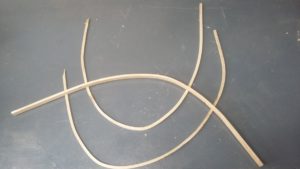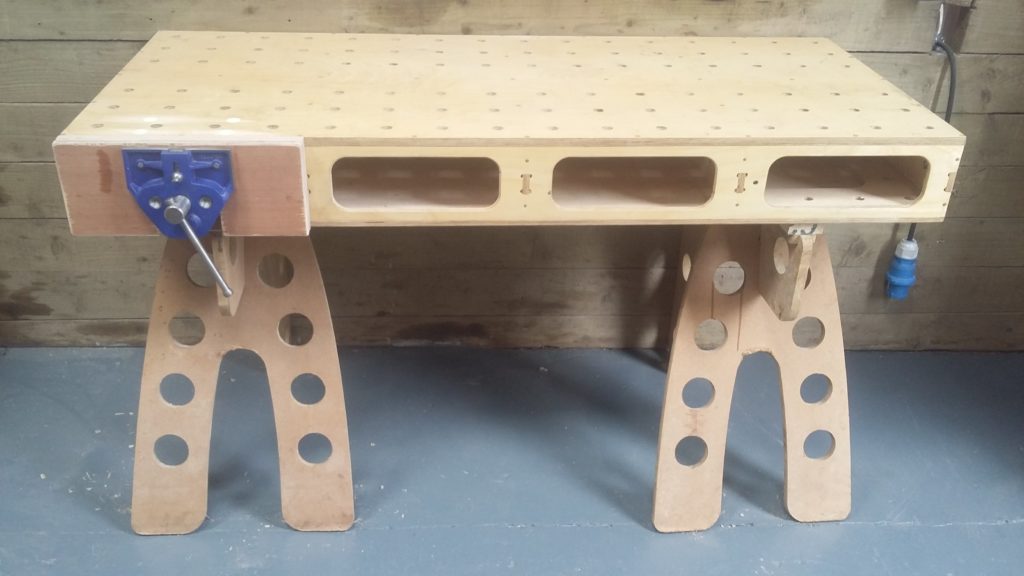Tolerance is something that I think about far too often. Tolerance concerns the way that things interact; my particular interest currently is the way in which the parts for the Panther will fit together. Conversations have been had over the last few months relating to the level of build accuracy that I’m striving for which generally run along the lines of “…when they used to build aircraft in the 1910’s and 1920’s they wouldn’t have been able to achieve that level of tolerance…” which highlights two important things:
Firstly, we are working differently. Back then large numbers of skilled men could fit parts to wooden structures, i.e. shape parts to fit another shape. They could do this accurately and quickly as a result of years of practice. I will be cutting parts using a machine and require them to fit as they should straight off the machine. A millimetre might not seem like a big discrepancy in a structure which is nearly 30′ (9.14 m) long, but having modelled it to that level of accuracy, the knock-on effects of an inconsistency are hard to establish and even harder to remove.
I need all the bits to interact as I want because I can’t afford the time and associated cost of making things fit. It follows that if I can establish an accurate surface on which to build, which I am confident is flat, level and straight, then the moves that follow will be straightforward. A stitch in time, if you will.
The second thing to consider is that there are very few benchmarks in recreating the Panther. Normally when building an aeroplane there are drawings to refer to, which provide a definitive reference to guide the order of things. The past six months have seen me modelling an air frame on a computer using a CAD package guided by photographs and pictures. Drawings take the thinking and guess work from a build – somebody else has already done this. I am using a variety of techniques to recreate the Panther as faithfully as possible from the information we have.
The concern that I have is that once the first profiles are cut out we are committed to my opinion of what the Panther was. In my favour is the fact that it will be hard to dispute my work, unless significant new information comes to light, given that anyone who might have seen one is now dead. Against me is the knowledge that I will be judged by a wide and well-informed group of enthusiasts once the aircraft starts to take shape, which is not something to be taken lightly.
So – the tolerance does not relate specifically to the specific accuracy of the Panther as a historical artifact, but as a large CNC cut structure that needs to behave itself during construction, and tolerance control will go a long way towards ensuring this.

In other news – we produced our first steamed parts this week. Sol finished the steambox yesterday and we formed our first frame stiffeners on a rudimentary jig. They will take pride of place in the bin, of course. Steaming wood into unnatural shapes requires a degree of alchemy that cannot be trusted on a first attempt – but we know that the system works.
Looking at the Panther Project in an anthropological sense, we have evolved our way off the floor and are now operating as homo-sapiens. The next move is to send over some cutting files to Fibre Fusion and have some fuselage profiles cut. Life is good.






